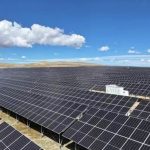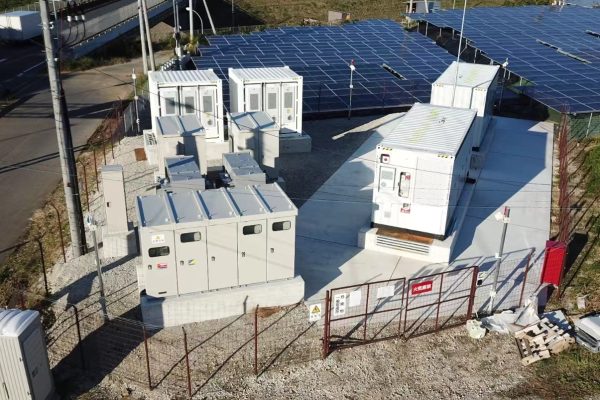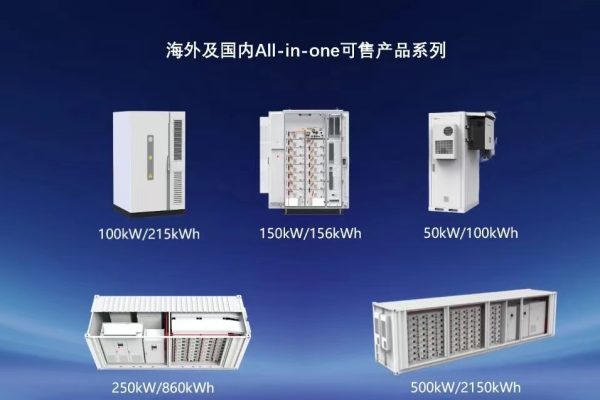A Buyer’s Guide for Modern Home Battery Systems
Residential energy storage is no longer a futuristic concept — it’s becoming a mainstream component of modern homes. Whether paired with solar PV or used as a backup power source, home batteries offer independence from grid fluctuations, lower electricity bills, and improved energy resilience.
However, not all energy storage systems are created equal. When selecting a system, homeowners — and installers — should understand the key technical and practical features that determine performance, safety, and long-term reliability.
This article outlines the essential aspects to look for in residential energy storage systems (RESS), helping buyers make informed decisions in a rapidly growing market.
1. Battery Chemistry and Cell Type
The heart of every energy storage system is the battery cell. Its chemistry determines safety, cycle life, performance, and cost.
a. Lithium Iron Phosphate (LiFePO₄ or LFP)
- The most widely used chemistry for home systems today.
- Advantages: High thermal stability, long cycle life (6,000–10,000 cycles), no cobalt.
- Best for: Home and small commercial systems where safety and longevity matter.
b. Nickel Manganese Cobalt (NMC)
- Higher energy density but slightly more sensitive to temperature.
- Common in EVs and compact applications.
- Best for: Space-constrained installations where compact design is a priority.
✅ Recommendation: Choose LFP for residential systems — it’s safer, eco-friendly, and offers excellent life cycle cost.
2. Capacity and Scalability
Battery capacity is typically rated in kilowatt-hours (kWh).
- Common home systems: 5–20 kWh
- Larger villas or hybrid systems: 30–60 kWh
When selecting, consider:
| Household Type | Typical Daily Use | Recommended Storage |
|---|---|---|
| Small apartment | 5–8 kWh | 5–10 kWh |
| Medium home | 10–15 kWh | 10–20 kWh |
| Large home / villa | 20–30 kWh | 20–40 kWh |
Scalability Matters
Look for modular systems where capacity can grow with your energy demand.
For example, a system with 5 kWh modules can easily scale to 20 kWh later without full replacement.
🔋 Tip: A modular battery saves future upgrade costs and fits limited wall or floor space.
3. Inverter Compatibility
A good storage system should seamlessly communicate with the inverter — whether hybrid or AC-coupled.
a. Hybrid Inverters
Combine solar and battery control in one unit.
- Direct DC coupling improves efficiency.
- Simple installation, fewer conversion losses.
b. AC-Coupled Systems
Connect via AC bus — compatible with existing PV setups.
- Easier retrofit for homes with older inverters.
- Slightly lower efficiency, but highly flexible.
✅ Recommendation: Choose systems certified with multiple inverter brands (Solis, Growatt, GoodWe, Sungrow, etc.) for long-term flexibility.
4. Power Output (kW Rating)
Energy capacity defines how long you can run; power rating defines how much you can run at once.
For example:
- A 10kWh battery with 5kW output can run a 2-ton air conditioner, refrigerator, and lights simultaneously.
| Application | Minimum Power Output |
|---|---|
| Essential backup (lights, router, fridge) | 3–5 kW |
| Full home operation | 5–10 kW |
| Off-grid or hybrid system | 8–15 kW |
Make sure the battery inverter or PCS supports surge loads (up to 2× rated power for short periods).
5. Efficiency and Round-Trip Loss
Round-trip efficiency measures how much energy you get back after charging and discharging.
Typical values:
- AC-coupled system: 85–90%
- DC-coupled hybrid system: 92–96%
Higher efficiency means better ROI, especially in solar self-consumption systems.
⚙️ Tip: Look for systems with >90% total efficiency and high-quality MPPT control.
6. Safety Features
Safety should always be a non-negotiable priority in residential ESS.
Key Safety Mechanisms:
- BMS (Battery Management System): Protects against overvoltage, overcurrent, and temperature extremes.
- Fire-retardant enclosures: Aluminum or steel casings with IP54+ rating.
- Cell-level fusing: Prevents propagation in case of internal fault.
- Thermal sensors: Ensure temperature balance and emergency cut-off.
- Certifications: IEC 62619, UL 1973, UN38.3, CE.
✅ Best Practice: Ensure the system has passed cell, pack, and system-level safety certifications from recognized labs (TÜV, SGS, Intertek).
7. Smart Monitoring and App Control
Modern systems include Wi-Fi, RS485, or CAN interfaces for remote monitoring.
Good monitoring software should show:
- Real-time PV, battery, and grid power flow
- SOC (state of charge) and cycle count
- Historical energy usage
- Alarm or error logs
- Remote firmware updates
Some advanced systems integrate with smart home platforms (e.g., Alexa, Home Assistant, or vendor-specific portals).
📱 A clear, user-friendly app not only enhances customer experience but also reduces maintenance costs.
8. Installation Design and Aesthetics
Residential buyers care about how the system looks and fits their home.
Important Physical Features:
- Compact, modular form factor (stackable or wall-mounted)
- Indoor/outdoor rating (IP65 or better for outdoor)
- Silent operation (<40 dB noise level)
- Clean cable management and quick connectors
💡 Example: Stackable floor-standing LFP modules (5kWh each) with integrated handles simplify logistics and create a sleek home aesthetic.
9. Lifespan and Warranty
Cycle life directly affects long-term economics.
| Battery Type | Typical Cycle Life | Expected Lifetime |
|---|---|---|
| LFP | 6,000–10,000 cycles | 10–15 years |
| NMC | 3,000–5,000 cycles | 7–10 years |
A 10-year warranty is now the industry standard for home systems.
Some manufacturers offer performance guarantees, ensuring >70% capacity after 10 years.
📈 Tip: Always check if warranty covers both battery modules and the inverter.
10. Backup and Off-Grid Function
Even if your main goal is solar self-consumption, backup capability adds great value.
Check for:
- Seamless switchover (UPS mode) — <20ms transition time
- Dedicated backup output (critical load circuit)
- Off-grid mode — inverter can run without grid support
- Black start function — can start system when grid and PV are both down
⚡ Backup capability ensures power security during grid failures, especially in remote or unstable-grid regions.
11. Communication and Integration
Look for communication support for EMS (Energy Management System) or home automation.
Common protocols include:
- Modbus TCP / RTU
- CAN / RS485
- Ethernet / Wi-Fi
Integration allows smart charging strategies, e.g.:
- Charge from solar during the day.
- Discharge during peak grid tariff hours.
- Maintain backup reserve automatically.
🔗 Advanced EMS can cut electricity bills by 20–30% through smart scheduling.
12. After-Sales Support and Local Service
Even the best systems require reliable support.
Before purchasing, confirm:
- Local distributor or installer availability
- Spare parts supply
- Remote diagnostics access
- Firmware update capability
Manufacturers offering global service networks or local technical partners are more trustworthy for long-term use.
🧰 Tip: Avoid systems from unknown brands without certified service centers — downtime can last months if repairs depend on overseas shipping.
13. Example: A Typical Residential System
System Configuration:
- PV: 8kWp rooftop
- Battery: 15kWh LFP (3 × 5kWh modules)
- Hybrid inverter: 8kW, transformerless
- Mode: Self-consumption + backup
Performance:
- Daily solar generation: ~35 kWh
- Battery discharge: 15 kWh/night
- Round-trip efficiency: 93%
- Grid independence: ~80% annually
Such systems reduce annual electricity bills by 60–70%, while providing peace of mind during outages.
14. Cost Overview
| Component | Cost Range (USD) | Share of Total |
|---|---|---|
| Battery modules (LFP) | $400–600/kWh | 60–70% |
| Hybrid inverter | $700–1,200 | 15–20% |
| Installation & BOS | $500–1,000 | 10–20% |
💰 ROI: 5–8 years, depending on local electricity tariffs and solar generation.
Residential energy storage has evolved from a luxury to a practical, long-term investment for homeowners worldwide.
The right system should offer:
✅ Safe LFP chemistry
✅ Scalable modular design
✅ Reliable hybrid compatibility
✅ Smart monitoring and control
✅ 10-year warranty and proven support
By focusing on these features, homeowners can enjoy clean, uninterrupted energy — and installers can build trust with satisfied, future-ready customers.









